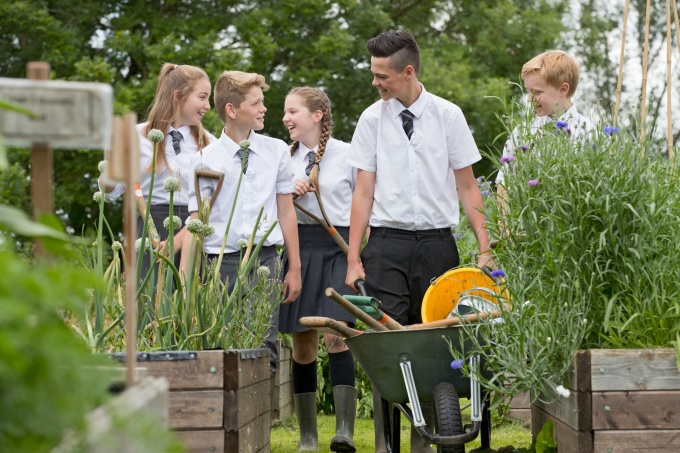Cases study by - Viv Trask- Hall, Thrive's Head of Innovation and Principal Trainer
Viv’s career in education provided her with the opportunity to teach across the age range and often in schools in challenging circumstances. Having specialised in early years and SEN Viv was thrilled to take on leadership roles as SENCO, then assistant head, deputy head and eventually into headship. As an Executive Headteacher Viv was asked to lead a school out of a Special Measures category which included embedding Thrive as a core approach and tool to improve every area of practice
Predictability and routine play an important role in preventing behaviour issues and supporting children’s wellbeing. Children feel safer and steadier when they can predict what is going to happen around them.
Visual timetables are a great way of helping children orientate themselves and give them security of knowing what is going to happen when. As a former Primary Headteacher, I ensured that each classroom displayed a visual timetable from Early Years through to Year 6 so children would be able to see what was happening throughout each stage of the day. Class teachers would refer to the timetable throughout the day to check where they were up to.
For some children it worked well for them to remove the activity from the visual timetable and place it in the “finished” basket once the task had been complete. For some children, particularly those with Special Educational Needs or those in Early Years, a more personalised individual timetable was required. Some children struggled to decompartmentalise the full day and therefore needed a smaller timetable showing small steps, such as what is happening now, and then what is coming next, known as a now and next board This increased the likelihood of children engaging in learning and reducing anxiety.
Strong routines were created within classrooms which again lead to calm and regulated classes. An example of this is children knowing that at the end of every day they would all gather on the carpet, have a story, sing or play their goodbye/end of day song, and get their coats on ready for home. This routine was one which the children did every day which gave them stability. Quite often if a supply teacher or cover teacher were to teach the class, the children would be the ones to tell the teacher what happens at each part of the day!

"This is not to say that the school day should be rigid and immoveable"
Another way to support children in their routine and with transition from one activity to another would be to warn or prepare children for change. For example, letting children know when they have 5 minutes left before an activity is due to end or using a timer to help children visualise this so they are not met with sudden change which can lead to frustration and disappointment.
This is not to say that the school day should be rigid and immoveable. Of course, we need to teach our children that sometimes in life things change, things pop up which can’t be helped. It is important we teach children how to become resilient and build strategies to deal with life’s ups and downs when they happen. For example, when preparing for a visit from the fire engine, Year 3 children had eagerly waited all morning when in the afternoon the fire department had had an emergency call out so couldn’t attend. The teachers used language to explain to the children why this had happened and discussed what they would do instead, agreeing to write to the fire department to arrange another visit. The language you use is important because it provides the space for the child to do some thinking with you so that eventually they can do the thinking on their own and learn how to solve any difficulties they might face.
Pass it on
Small actions can lead to a big ripple effect. If you enjoyed this post or found it helpful, please consider supporting us in our mission to help every child and young person feel safe, supported and ready to learn by sharing it using the social media buttons below.
Want to join a like-minded community of senior leaders and classroom staff benefitting from insights and strategies to improve attendance, behaviour and attainment? Add your email address below. (It’s easy to unsubscribe).

(2)_680.jpg)


_680.png)
